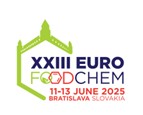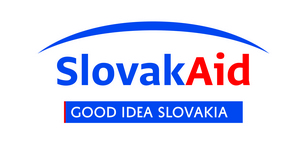Scientific journal
Journal of Food and Nutrition Research
Summary No. 2 / 2017
Udenigwe, C. C. – Gong, M. – Mohan, A. – Udechukwu, M. C.
Role of surface charge of hydrolysed bovine caseins in their iron(II)-binding affinity and antioxidative capacity in iron(II)-facilitated beta-carotene and glutathione oxidation
Journal of Food and Nutrition Research, 56, 2017, No. 2, s. 149-154
Chibuike C. Udenigwe, School of Nutrition Sciences, Faculty of Health Sciences, University of Ottawa, 25 University Private, Ottawa, Ontario, K1N 6N5, Canada; Department of Plant, Food, and Environmental Sciences, Faculty of Agriculture, Dalhousie University,
Received 2 December 2016; 1st revised 16 February 2017; accepted 11 March 2017; published online 3 May 2017
Summary: Surface properties of peptides can affect their functionality, including metal-binding capacity. Casein hydrolysed with five proteases had varying surface hydrophobicity (from 56.4 ± 3.1 to 157.0 ± 16.8) and surface charge (zeta-potential, from –43.5 mV ± 0.5 mV to –32.5 mV ± 0.6 mV). The hydrolysates had varying Fe2+-chelating capacity (from 0.049 mg·ml-1 ± 0.005 mg·ml-1 to 0.134 mg·ml-1 ±
Keywords: casein hydrolysate; iron chelation; beta-carotene oxidation; glutathione oxidation; binding affinity; surface charge
Download:
(pdf, 231.64 Kb, 1981x)










